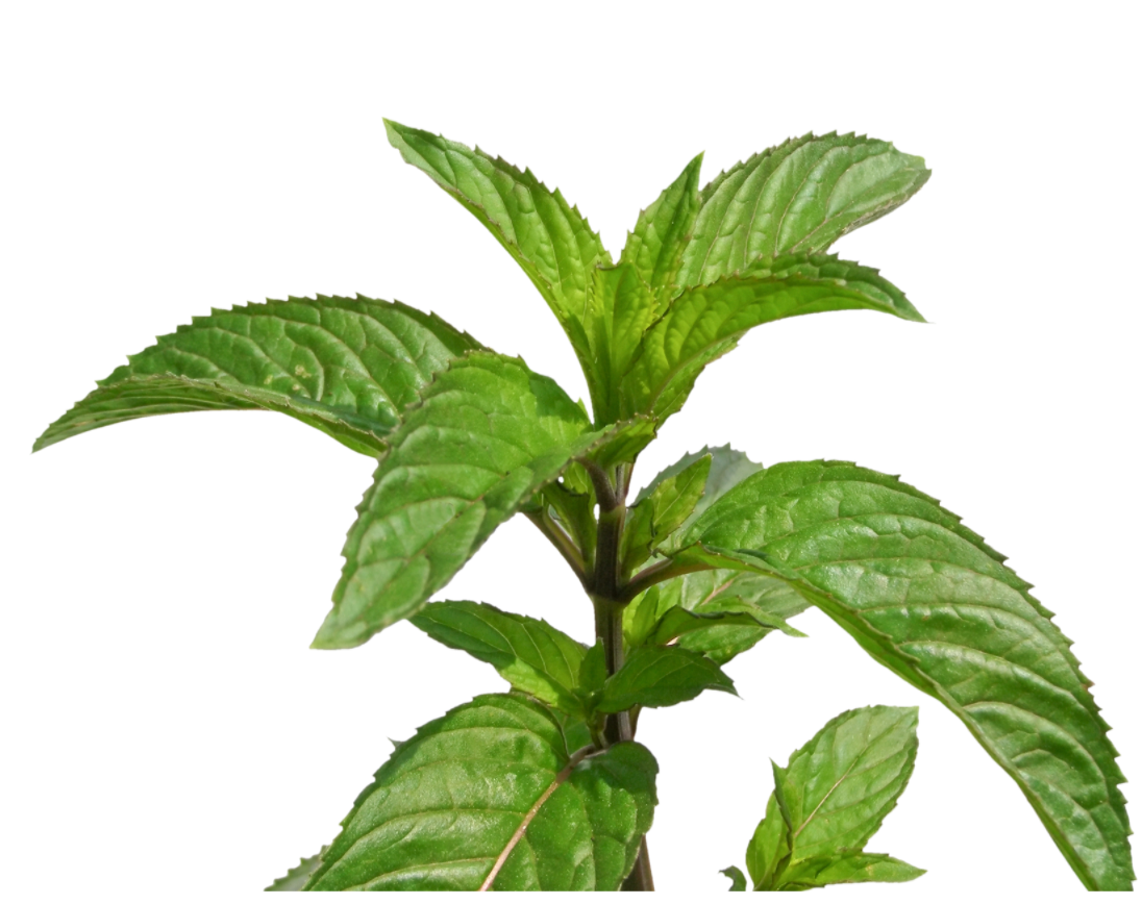The Science of Peppermint



I like the flavor of peppermint in winter. Not peppermint lemonade, not peppermint butter; real, crisp, wintery peppermint. Interestingly, a lot of people associate peppermint with winter; the word “winter” typically conjures up images of snow, and Christmas, and of course, red and white striped, minty candy canes. But why is this the case? Maybe it’s because mint always leaves a cold feeling in one’s mouth.
Mint plants produce a compound called menthol, which essentially tricks the body into feeling a sensation of chill. Our brains interpret sensations of pain and temperature using systems of neurons that convey action potentials – electrical messages that travel very rapidly. Molecules of menthol cause a neuron protein called TRPM8, usually associated with coldness, to fire an action potential that tells our brain that we are cold. This is a pretty powerful illusion!
Scientists are working to use this mild deception in treatment of different conditions. A German team of researchers recently found that a combination of menthol and eucalyptus oil is effective in treating some tension-type headaches. Compounds like menthol in peppermint leaves have also been shown to improve energy levels and reduce fatigue.
Mint is clearly a mighty plant, and doubtless, there are many more of its benefits yet to be discovered. Celebrate this season with some mint! 🌿









